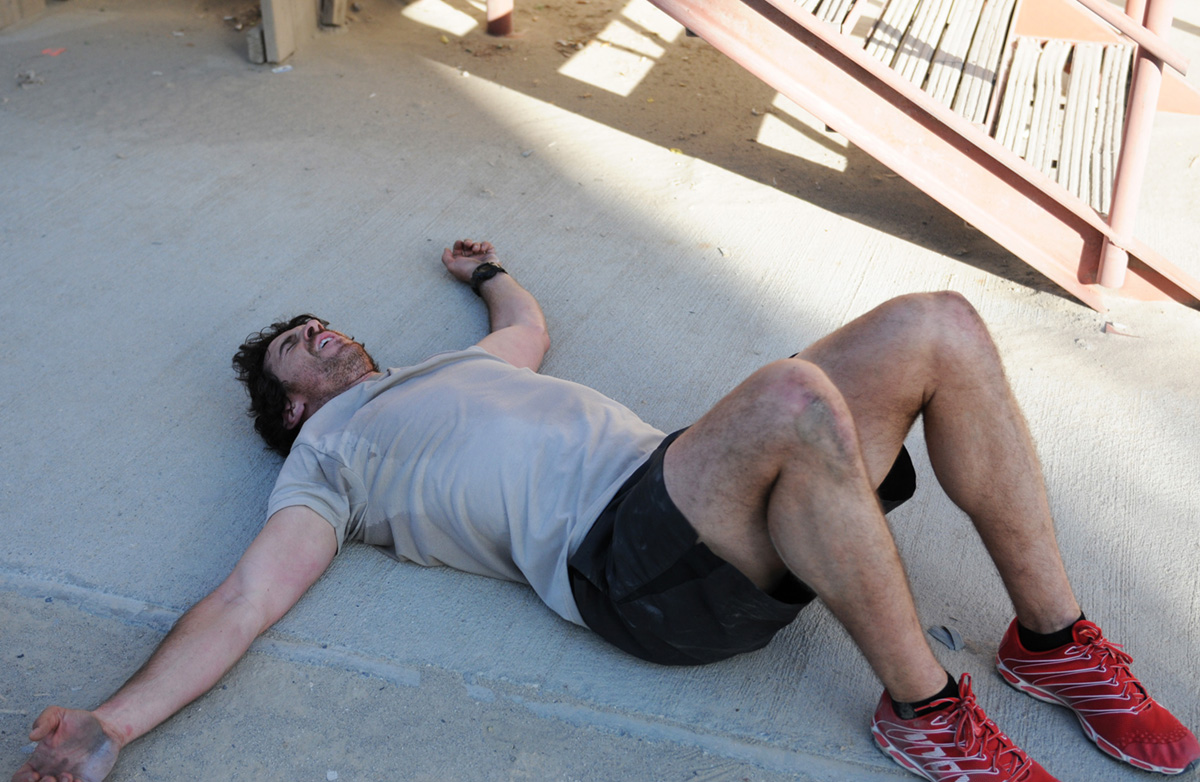
Excessive Sweating
Excessive sweating is present in approximately 3% of world population, especially among younger people. Although, it is not a serious medical problem, it represents a significant psychological and social issue.Hyperhydrosis is defined as excessive and uncontrollable sweating that exceeds the normal requirements of thermal homeostasis.
Causes
Excessive sweating can be classified as:1. primary (essential or idiopathic) hyperhydrosis in which the cause is unknown
2. secondary hyperhydrosis which is the result of other disorders such as: endocrine disorders (hyperthyroidism) tumors (pheochromocytoma, carcinoid tumor) pituitary tumors tuberculosis diabetes mellitus lymphomas sympathetic system diseasesneurological and psychiatric diseases use of drugs (Physostigmine, Pilocarpin, tricyclic antidepressants, antiemetics, Venlafaxin) In contrast to the functional excessive sweating that occurs as a consequence of physical exercise, effort and elevated body or external temperature, primary hyperhydrosis is the result of emotional problems and anxiety.
Hyperhydrosis is further divided into: focal hyperhydrosis - when only some parts of the body (palms, axillary pit, face, soles) are affected by sweating generalized hyperhydrosis - when the whole body is affected by increased sweatingPrimary hyperhydrosis is almost always focal, while the secondary hyperhydrosis is usually generalized.
According to recent researches, it has been proved that Hyperhydrosis is hereditary, and in 25-50% of cases it is present in family members. Hyperhydrosis is inherited in autosomal dominant manner with variable penetration, meaning that when one parent has Hyperhydrosis, the likelihood that it will occur in child is about 25%.
Consequences
Primary Hyperhydrosis is a problem that affects all aspects of human life. It occurs already in childhood or puberty, manifesting almost every day. People with this problem avoid contact with others because of the constantly wet palms, wear dark and wide clothing, slowly retreat into themselves, alienating from society.There is no precise intensity scale for hyperhydrosis, and it is usually divided to: mildmoderate severe
Treatment
Hyperhydrosis therapy includes: dietary mode - avoiding foods that provoke increased sweating (coffee, tea, coca-cola, chocolate), spicy and hot food. antiperspirants and deodorants are widely used throughout the world, but their use is satisfying in only mild and moderate forms of hyperhydrosis. drugs - sedatives, bronchodilators, sympaticolitics, β blockers, atropine. Their use is limited because of side effects caused by these drugs (mydriasis, photophobia, tachycardia, arrhythmias, nausea, vomiting, confusion, weakness, constipation, reduced bronchial secretion) and the fact that they are effective only for mild forms of increased sweating. ionophoresis is commonly used for palmar and axillary hyperhydrosis. It has a wet sponge with electrodes attached to hands or is placed in the axillary pit. Then, low-voltage electricity is charging during 20 minutes. botulinum A toxin blocks the release of acetylcholine from neuromuscular connections and thus temporarily switches off innervation of sweat glands. It is performed by injecting botulinum toxin in certain parts of the body (palms, axillary pit). thoracoscopic sympathectomy is the only therapeutic procedure that has a lasting effect.The surgery is performed under general anesthesia; takes about 30 minutes; both sides of the chest are operated; there are three 5 mm sized incisions; scarring after surgery is almost gone. Incisions are on the sides of the chest.


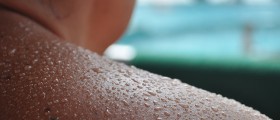

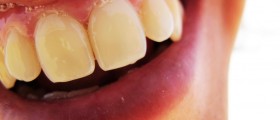
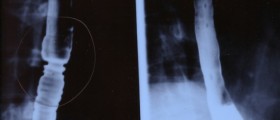

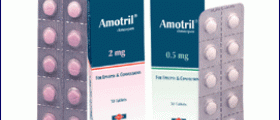
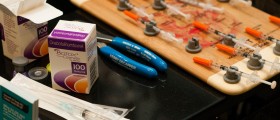
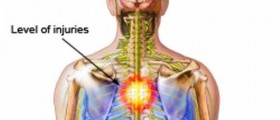

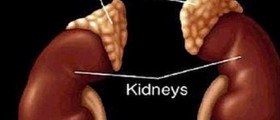


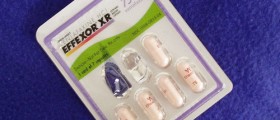
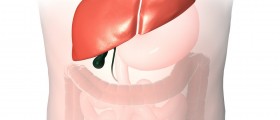
Your thoughts on this
Loading...